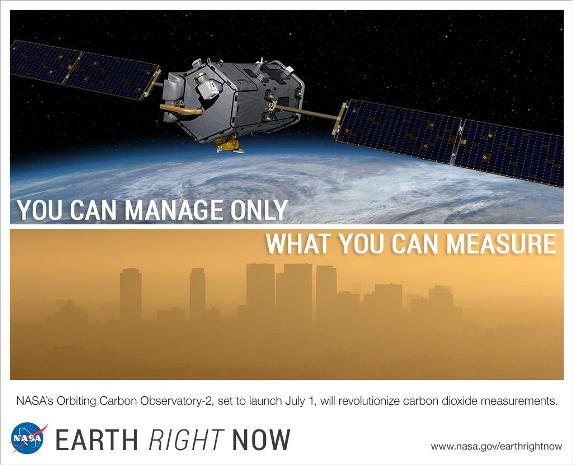File:About Baselines and Change.png: Difference between revisions
Siterunner (talk | contribs) No edit summary |
Siterunner (talk | contribs) No edit summary |
||
| Line 15: | Line 15: | ||
:https://harpers.org/archive/2017/09/now-and-then-2/2/ | :https://harpers.org/archive/2017/09/now-and-then-2/2/ | ||
·································· | |||
<big>'''Shifting Baseline'''</big> | |||
'''Scientific Observation''' | |||
:https://en.wikipedia.org/wiki/Shifting_baseline | :https://en.wikipedia.org/wiki/Shifting_baseline | ||
Revision as of 10:37, 12 December 2019
Measuring Changes in Earth's Ecosystems Over Time
"Data Sets / Shifting Baselines"
In the 1990s, the fisheries biologist Daniel Pauly popularized the term “shifting baselines” to describe the impossibility of accurately appraising the present without a clear sense of the past. A baseline is the stable point from which you measure change in a system before it was damaged or dramatically altered — the usual date on which the spring thaw used to arrive before climate change began, for example, or the total population of a given species before it became endangered. The scientist and filmmaker Randy Olson put it this way:
If we know the baseline for a degraded ecosystem, we can work to restore it. But if the baseline shifted before we really had a chance to chart it, then we can end up accepting a degraded state as normal — or even as an improvement.
H/t to Rebecca Solnit, Harper's Magazine, September 2017
··································
Shifting Baseline
Scientific Observation
File history
Click on a date/time to view the file as it appeared at that time.
| Date/Time | Thumbnail | Dimensions | User | Comment | |
|---|---|---|---|---|---|
| current | 11:46, 21 August 2017 |  | 592 × 312 (33 KB) | Siterunner (talk | contribs) |
You cannot overwrite this file.
File usage
The following 14 pages use this file:
- All Species Day
- Earth Science Research from Space
- Environmental full-cost accounting
- Extinction
- Green Quotes
- Missing Bugs
- PlanetCitizen
- TinyBlueGreen
- File:Elephant herd from the End of the Game-by Peter Beard.jpg
- File:Shifting Baseline Syndrome - threats to ecosystems biodiversity.png
- File:Shifting Baselines 2.jpg
- File:You can manage only what you can measure Dr David Crisp, OCO-2, June 2014 m.jpg
- Category:About Us
- Category:Eco-Quotes
- Green Graphics
- Additional Website Resources - Linked Data - Green Best Practices
- Atmospheric Science
- Citizen Science
- Climate Change
- Ecology Studies
- Democratization of Space
- Earth Observations
- EarthPOV
- Earth Science
- Environmental Security, National Security
- ESA
- EOS eco Operating System
- Forests
- Global Security
- Green Best Practices
- NASA
- New Definitions of National Security
- New Space
- NOAA
- Oceans
- Planet API
- Planet Citizen
- Planet Scientist
- Planet Citizens, Planet Scientists
- Resilience
- Sea-Level Rise & Mitigation
- Strategic Demands
- Whole Earth
